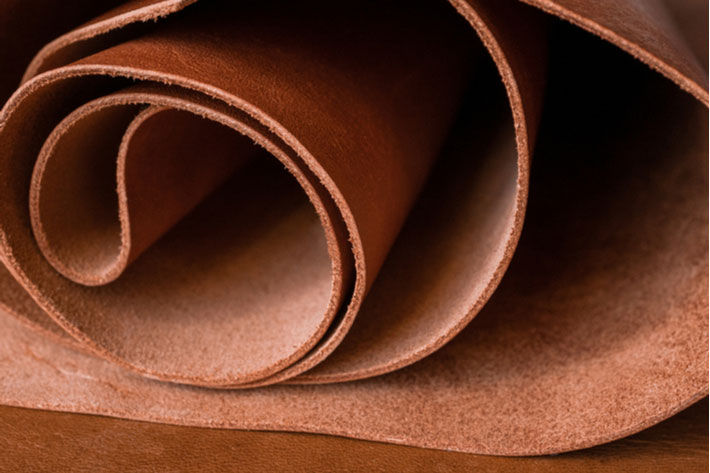
Leather, leather products and leather footwear exports climbed by 32.97 per cent to $1.01 billion in the first 10 months of the current fiscal, surpassing the whole amount raked in in the previous fiscal, data from the Export Promotion Bureau showed.
The sector’s export earnings is widely expected go up to $12 billion by 2030, according to Bangladeshi media reports.
Syed Nasim Manzur, president of the Leather Goods and Footwear Manufacturers and Exporters Association of Bangladesh, said the global supply chain of leather goods has almost broken due to the COVID-19 pandemic and the Russia-Ukraine war.
And there is a scope to raise the country's share in the global leather and footwear market, but it is not possible now due to non-compliance, he said.
He was speaking at a webinar titled ‘An Assessment of the Impact of COVID-19 on Tanneries’, jointly organised by The Asia Foundation, the Research and Policy Integration for Development and the Economic Reporters' Forum.
The assessment is based on a worker survey involving 120 labourers and an employer survey involving 20 tanneries located at the Savar Tannery Industrial Estate.
During the interviews, tannery owners said they are working hard to get the certification from the Leather Working Group, the global body for compliance and environmental certification in the leather and leather goods sector.
Finished goods exporters have to import rawhides from LWG-certified factories in other countries to ship products to the developed markets.
Manzur, also managing director of Apex Footwear, said since independence, the export of rawhides has declined by 79 per cent while the export of finished leather has gone up by 80 per cent.
"This indicates that local entrepreneurs are not being able to use locally available rawhides mostly because of the non-implementation of policies," he added.
Industries secretary Zakia Sultana said challenges in the sector include solid waste management.
Fibre2Fashion News Desk (DS)